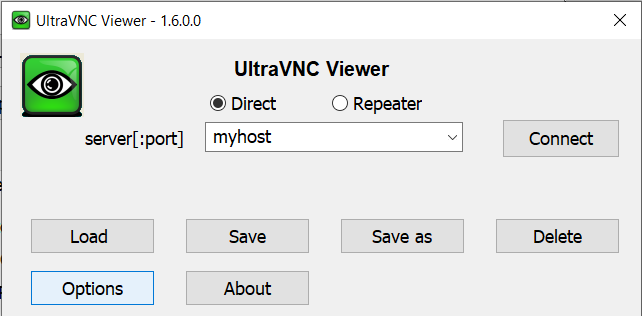
Unmount and save your Windows PE image.ĭism /Unmount-Image /MountDir:C:\WinPE_amd64\mount /Commit "%SYSTEMDRIVE%\Program Files\TightVNC\tvnserver.exe" -start -silent "%SYSTEMDRIVE%\Program Files\TightVNC\tvnserver.exe" -install -silent %WINDIR%\regedit.exe -s "%SYSTEMDRIVE%\Program Files\TightVNC\TightVNCServerSettings.reg" %WINDIR%\System32\wpeutil.exe DisableFirewall %WINDIR%\System32\wpeutil.exe InitializeNetwork

Configure TightVNC to start up automatically in your Windows PE image by editing C:\WinPE_amd64\mount\Windows\System32\startnet.cmd in notepad. reg file we created earlier in it to C:\WinPE_amd64\mount\Program Files\. Copy the installation directory of TightVNC, C:\Program Files\TightVNC with the. Mount your Windows PE image so that it can be edited.ĭism /Mount-Image /ImageFile:C:\WinPE_amd64\media\sources\boot.wim /Index:1 /MountDir:C:\WinPE_amd64\mount Create your Windows PE image with the working directory C:\WinPE_amd64. Using the following article as a guide to create and mount a Windows PE image. We only need these components for this exercise. When you get to the part where you select the features you want to install, select Deployment Tools and Windows Preinstallation Environment (Windows PE).
PORTABLE VNC SERVER FOR WINDOWS 10
You can download Windows ADK for Windows 10 from here. For this exercise, we're using Windows ADK for Windows 10. Windows PE is a part of the Windows Assessment and Deployment Kit (ADK).
PORTABLE VNC SERVER INSTALL
"VideoRecognitionInterval"=dword:00000bb8ĭownload and install the Windows Assessment and Deployment Kit (ADK) "RepeatControlAuthentication"=dword:00000000 "UseControlAuthentication"=dword:00000000 "LocalInputPriorityTimeout"=dword:00000003 reg file should look similar to the following. When prompted to set a password for our TightVNC server, we have chosen not to use a password for the purpose of this guide.Īfter installing TightVNC, the next step is to configure your TightVNC server with all the settings you want and then open up the registry to HKLM\SOFTWARE\TightVNC\Server.Įxport that key to a file called TightVNCServerSettings.reg and save the file to the installation directory of TightVNC, C:\Program Files\TightVNC. Perform a Complete install of TightVNC accepting any defaults. We're using the 64-bit version of TightVNC 2.7.10 for this guide. The first step is to download TightVNC from and install it onto a reference computer. To see the original article about installing Windows Server 2012 onto a WD Sentinel DX4000, click here. In this guide, we are going to show you how you do that.

You could then interact with the installation from a remote computer. To interact with the DX4000, someone came up with the good idea of injecting a TightVNC server into the Windows PE boot media of the installation.

The challenge in this was that the DX4000 is a headless system.
PORTABLE VNC SERVER UPGRADE
A few years ago, I came across this neat trick while trying to upgrade my WD Sentinel DX4000 from Windows Storage Server 2008 R2 Essentials to Windows Server 2012 R2 Standard.


 0 kommentar(er)
0 kommentar(er)
